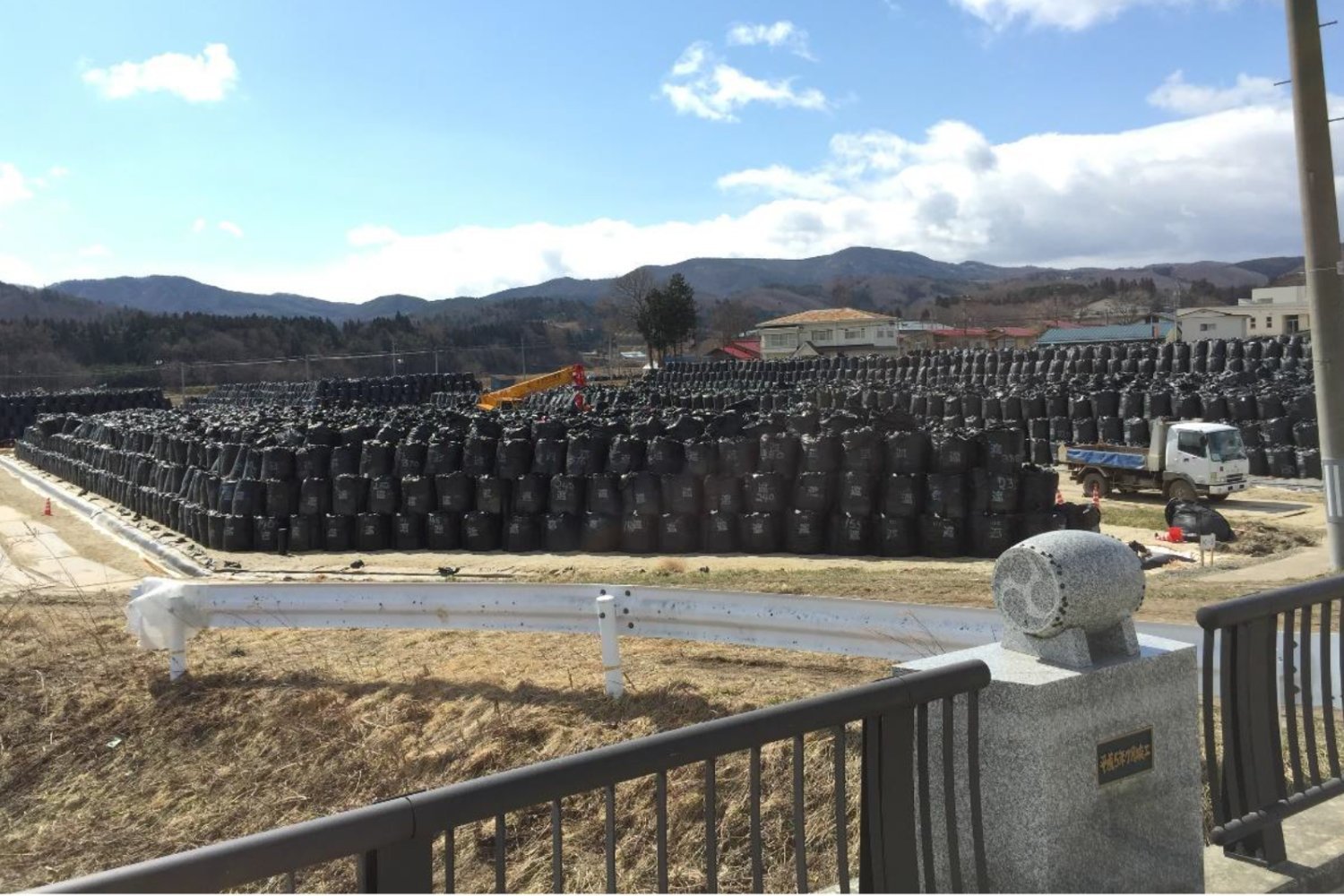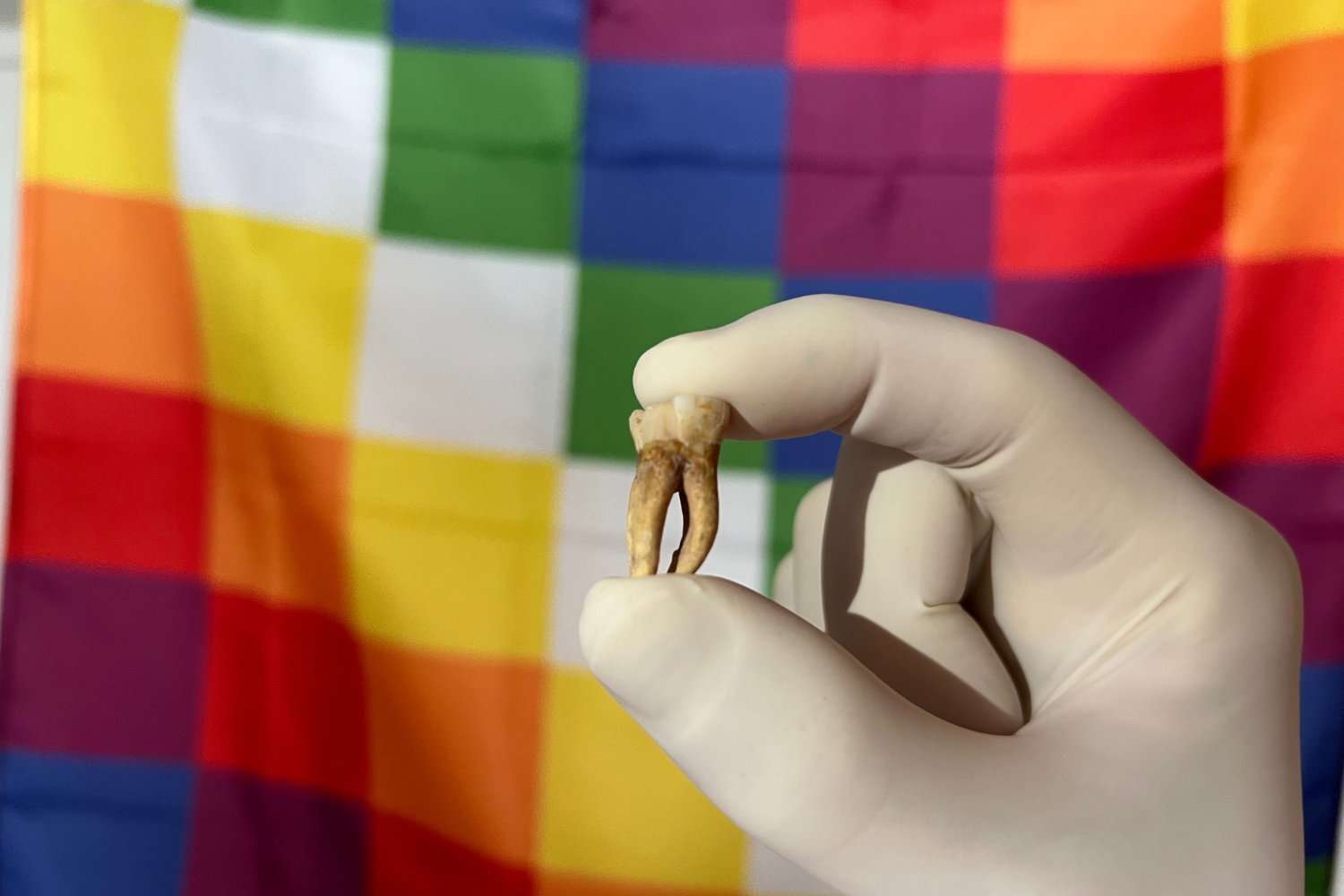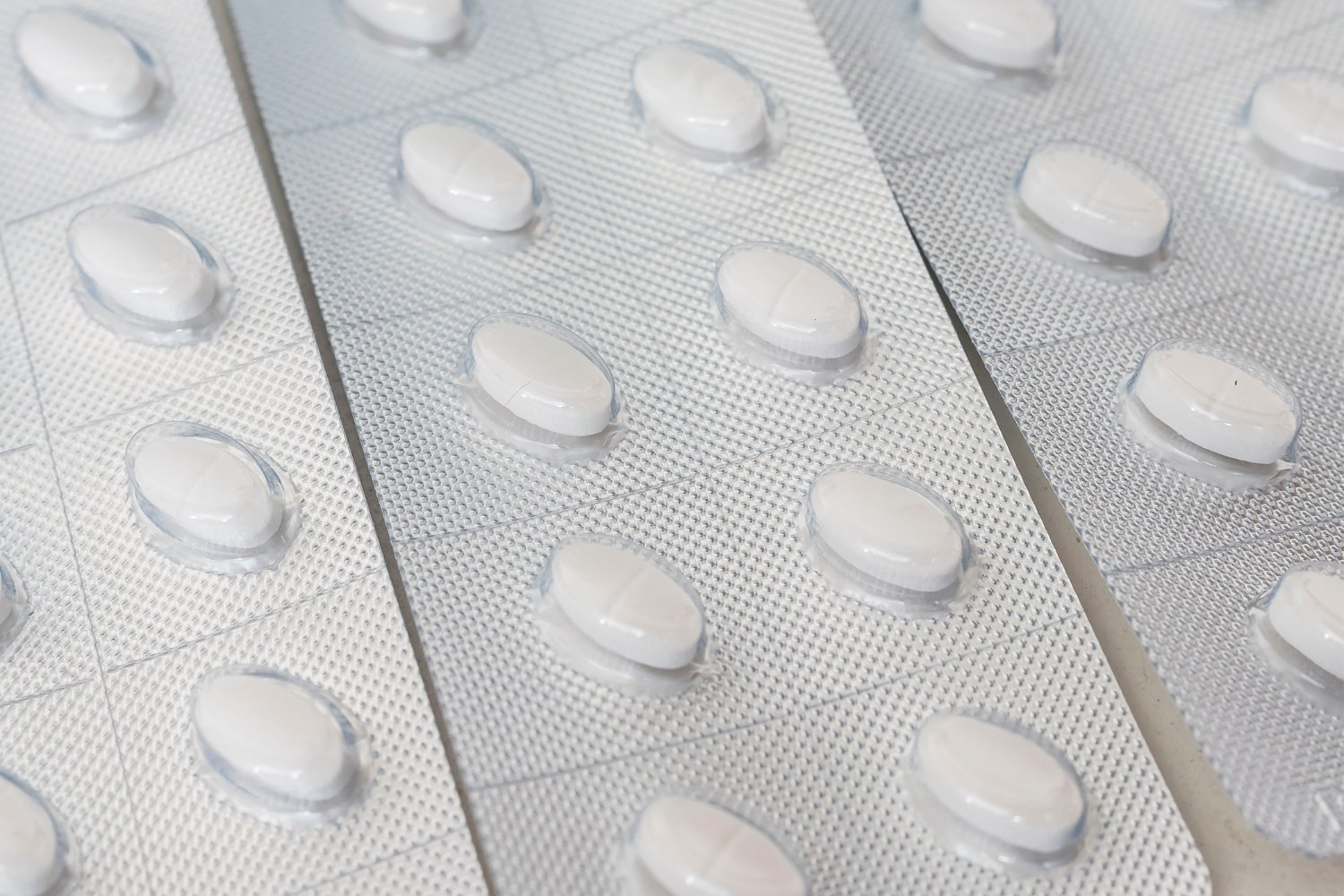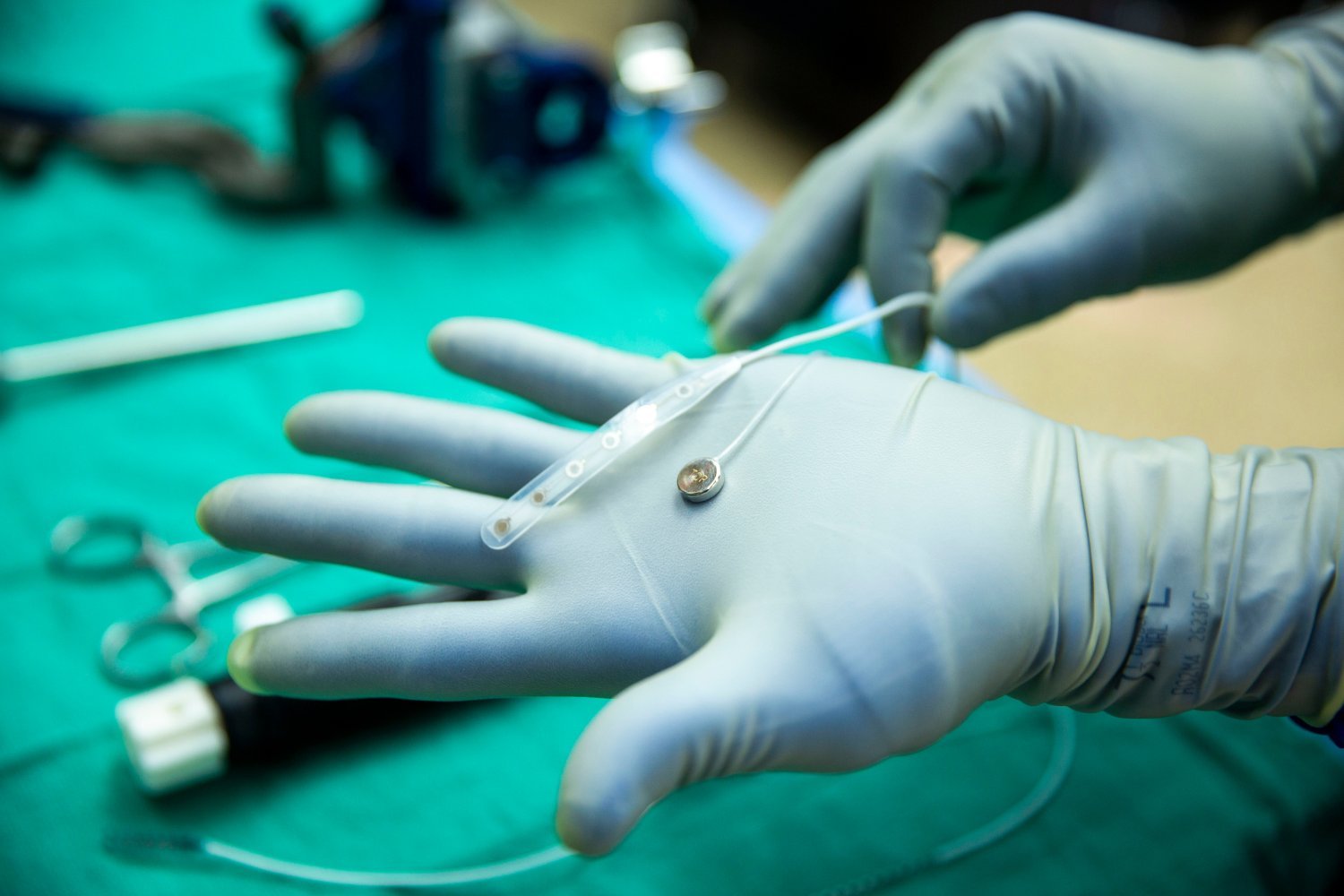The aftermath of the March 2011 earthquake and tsunami in Japan included the catastrophic failure at the Fukushima Daiichi power plant, the second worst nuclear accident in history. While the natural disaster claimed over 18,000 lives, the nuclear incident itself caused no direct radiation fatalities but left a legacy of environmental challenges, notably over 494 million cubic feet (14 million cubic meters) of slightly radioactive soil—equivalent to filling 11 Tokyo Domes. Japan is now advancing a Fukushima soil reuse plan, aiming to repurpose this decontaminated earth.
Demonstrating Safety: Soil Use at Prime Minister’s Office
In an effort to persuade a skeptical public of the soil’s safety, the Japanese government announced plans to use some of the decontaminated soil in flower beds at the Prime Minister’s office, as reported by Japan Today. This soil, removed during extensive cleanup operations, has been stored at an interim facility near the Fukushima Daiichi complex. The government is legally mandated to finalize the disposal or reuse of this soil by 2045. This specific initiative follows public opposition to an earlier proposal to use the soil in Tokyo’s public parks, which led to the abandonment of that plan.
The Environment Ministry asserts that portions of the soil are now safe for repurposing. Recognizing the prevailing public distrust, the government intends for this high-profile usage to serve as a direct demonstration of safety. “The government will take the lead in setting an example, and we will do so at the prime minister’s office,” Chief Cabinet Secretary Yoshimasa Hayashi stated, according to a report by the Guardian.
Broader Recycling Strategy and International Endorsement
Earlier in 2024, the International Atomic Energy Agency (IAEA) approved Japan’s broader strategy to recycle approximately 75% of the slightly radioactive soil, contingent upon it being “demonstrated safe.” The plan outlines potential uses in various public works and infrastructure projects, including railways, waste treatment facilities, roads, seawalls, coastal protection measures, agricultural land, and land reclamation. During a soil task force meeting, the Environment Ministry clarified that the radioactive soil would be utilized in foundational layers, subsequently covered by a thick layer of ordinary topsoil, the AP reported.
IAEA Director General Rafael Mariano Grossi expressed confidence in Japan’s approach in an official press release: “The IAEA is confident that as the Ministry of the Environment (MOEJ) continues to explore solutions in line with our recommendations, its evolving strategy for recycling and final disposal of removed soil and waste will remain consistent with IAEA Safety Standards.”
Context of Ongoing Fukushima Recovery Efforts
The challenge of managing contaminated soil runs parallel to Japan’s efforts in dealing with other consequences of the Fukushima disaster, such as the hundreds of millions of gallons of contaminated water. This water was used in 2011 to flood the nuclear reactors to mitigate the meltdowns. In 2023, following IAEA approval, Japan began the release of treated radioactive water into the Pacific Ocean, a move that drew significant criticism from neighboring countries. In a similar attempt to build public trust, Japanese ministers publicly ate fish sourced from Fukushima waters to demonstrate that the discharged water was not contaminating seafood.
The Path to Rebuilding Public Trust
These government-led demonstrations underscore a persistent need for tangible proof to reassure the public about health and safety measures related to Fukushima’s cleanup. The decision to use decontaminated soil at the Prime Minister’s office is the latest such effort. However, it remains uncertain whether these actions will be sufficient to overcome deep-seated concerns and convince the populace of the long-term safety of these initiatives.











